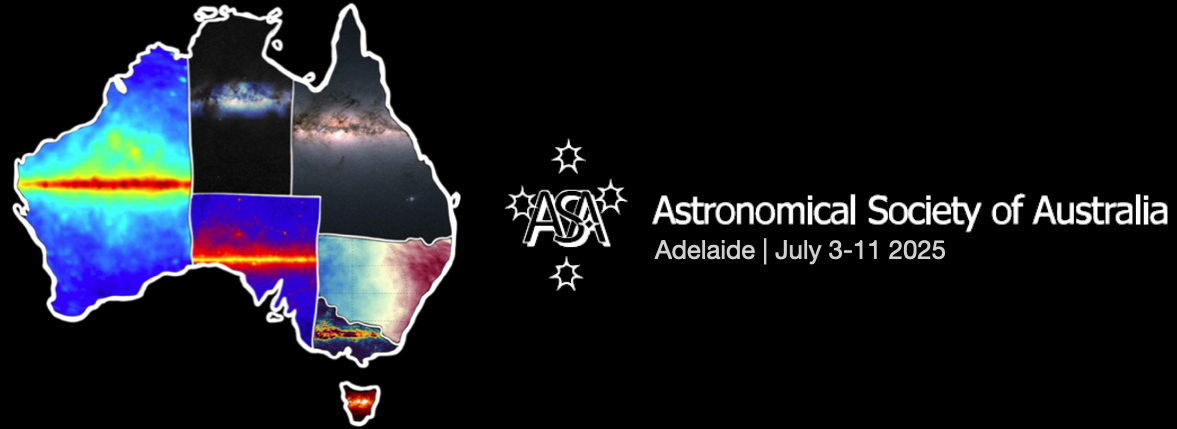Speaker
Description
Gas outflows are a key component of our framework for galaxy formation and evolution. They are invoked to regulate star formation, shape the mass–metallicity relation, and drive the transformation of galaxies across cosmic time. While ionized gas outflows are now routinely observed, detecting and characterizing cold gas outflows—particularly in the molecular and atomic phases—remains observationally challenging but critically important. Cold outflows are thought to carry the bulk of the mass ejected from galactic disks and are more directly connected to the star formation reservoir, making them a potentially dominant agent in feedback and quenching processes.
In this talk, I will present an in-depth analysis of the ionized, atomic, and molecular outflows in NGC 4383, observed as part of the MAUVE (Multiphase Astrophysics to Unveil the Virgo Environment) survey. I will discuss the observational and methodological challenges in isolating the cold gas component and show how high-resolution 3D analyses are essential to avoid significant overestimates of the cold gas entrained in the outflow. Our results reveal that atomic hydrogen dominates the mass outflow rate near the disk, but the expelled gas does not escape the galaxy’s potential well and likely falls back after reaching scale heights of only a few kiloparsecs. The molecular gas, while clearly affected by the outflow, appears to be rapidly dissociated after leaving the disk, contributing minimally to mass loss.
Together, these findings demonstrate both the power and limitations of combining VLT, ALMA, and SKA-pathfinder data to study feedback processes. They also underscore the importance of carefully integrating diverse observational constraints to avoid mischaracterizing outflow properties and misinforming theoretical models.

